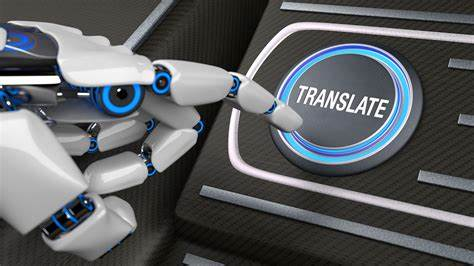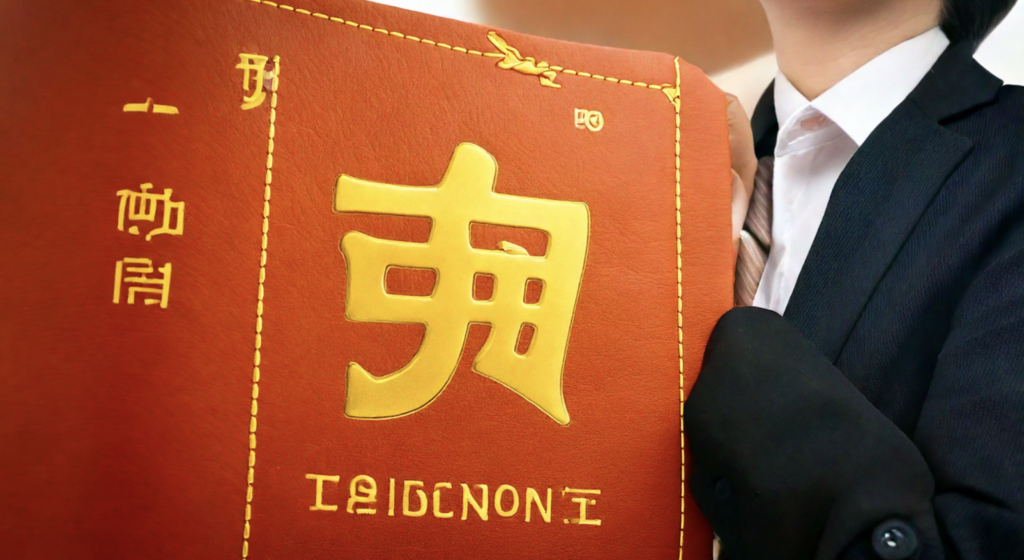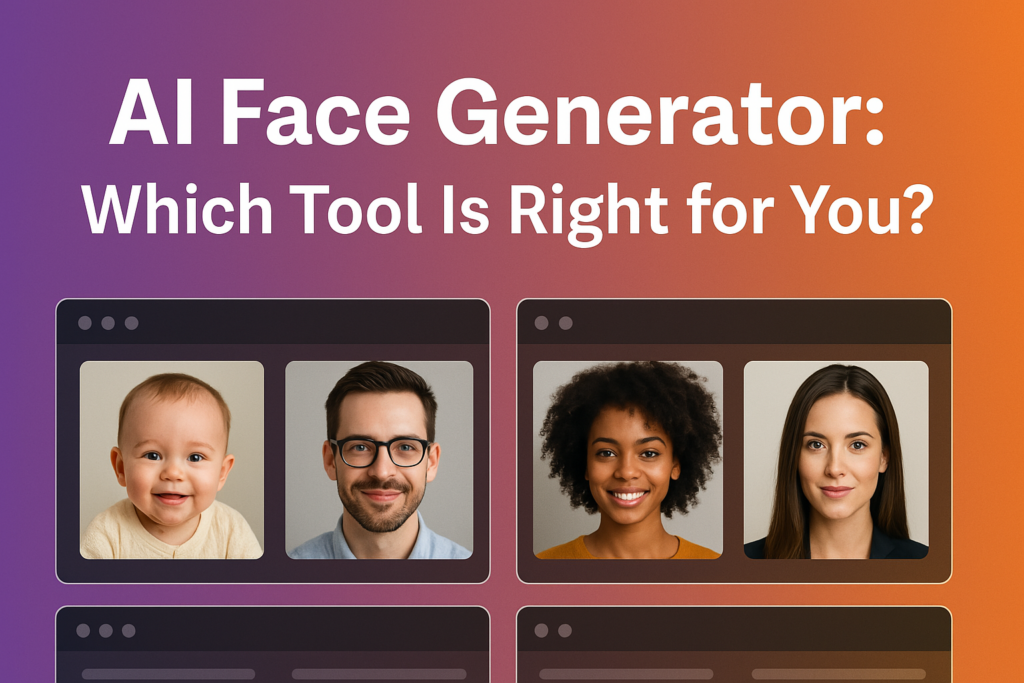Unleashing the Power of AI Language Translation
In an increasingly interconnected world, effective communication across language barriers is essential for global collaboration, business expansion, and cultural exchange. However, overcoming language barriers often poses significant challenges, from finding qualified translators to navigating cultural nuances. Fortunately, advancements in artificial intelligence (AI) have revolutionized the field of language translation, offering innovative solutions that automate and enhance the translation process. In this article, we delve into the transformative capabilities of AI language translation, exploring its features, benefits, applications, and implications for global communication.
AI language translation leverages machine learning algorithms and natural language processing (NLP) techniques to analyze and translate text from one language to another with remarkable accuracy and efficiency. Unlike traditional translation methods, which rely on human translators and dictionaries, AI translation algorithms can process large volumes of text in real-time, enabling rapid and scalable translation capabilities. Additionally, AI translation tools often incorporate contextual understanding and language modeling to produce translations that preserve meaning and context, enhancing the overall quality and fluency of translated content.

1. Accurate and Efficient Translation:
AI language translation algorithms leverage vast datasets of multilingual text and sophisticated machine learning techniques to produce translations that are accurate and fluent. By analyzing patterns, grammar rules, and contextual cues, AI algorithms can generate translations that preserve the meaning and nuances of the original text, ensuring clear and comprehensible communication across languages. Whether it’s translating business documents, website content, or social media posts, AI translation tools provide users with reliable and high-quality translations in real-time.
2. Scalability and Accessibility:
One of the most significant advantages of AI language translation is its scalability and accessibility. Unlike traditional translation methods, which may be limited by the availability of qualified translators or the constraints of time and budget, AI translation algorithms can process large volumes of text rapidly and cost-effectively. This scalability enables organizations to translate content at scale, reaching a global audience with minimal effort and resources. Additionally, AI translation tools are often available as cloud-based services or integrated into popular software applications, making them accessible to users worldwide.
3. Multilingual Communication:
AI language translation facilitates multilingual communication by enabling users to translate text between multiple languages seamlessly. Whether it’s translating from English to Spanish, Chinese to French, or Arabic to Japanese, AI translation tools support a wide range of language pairs, empowering users to communicate effectively across linguistic boundaries. This multilingual capability is particularly valuable in diverse and multicultural environments, where people from different linguistic backgrounds come together to collaborate and exchange ideas.
4. Cross-Cultural Understanding:
Beyond facilitating communication, AI language translation promotes cross-cultural understanding and appreciation by bridging linguistic and cultural divides. By enabling people to access information and interact with each other in their native languages, AI translation tools foster empathy, empathy, and mutual respect, breaking down barriers and fostering connections across cultures. Whether it’s sharing literature, art, or scientific discoveries, AI translation opens doors to new opportunities for cultural exchange and collaboration, enriching the global community with diverse perspectives and insights.
In conclusion, AI language translation represents a paradigm shift in the way we communicate and interact in a globalized world. With its accurate, efficient, and scalable translation capabilities, AI is breaking down language barriers, enabling people from different linguistic backgrounds to connect, collaborate, and learn from each other with ease. As AI continues to evolve and improve, the future of language translation promises to be more accessible, inclusive, and interconnected than ever before, empowering individuals and organizations to communicate effectively across languages and cultures.





